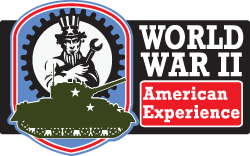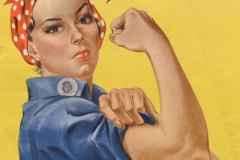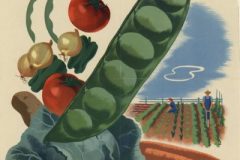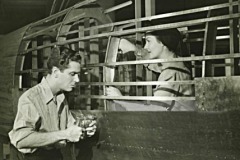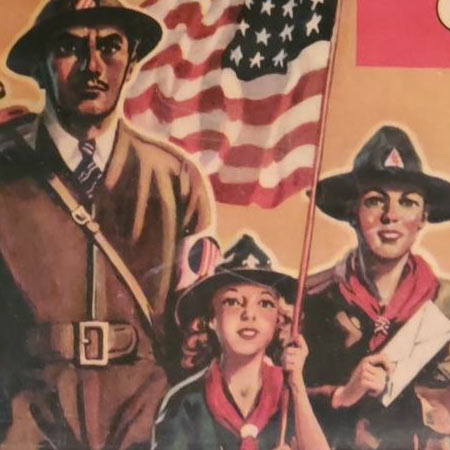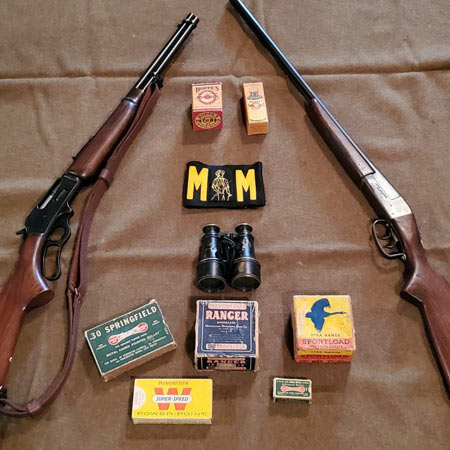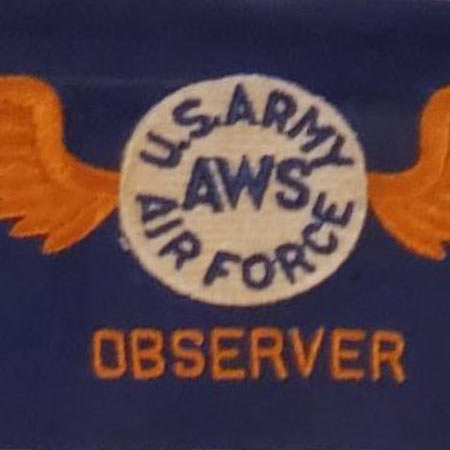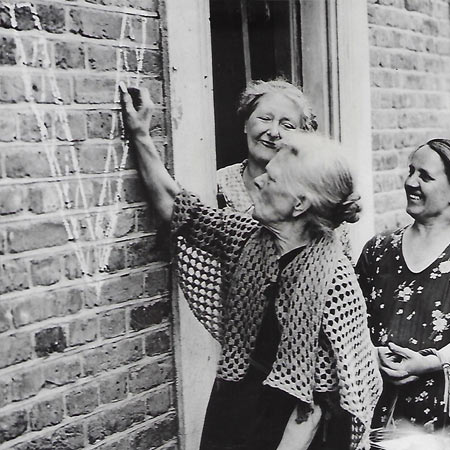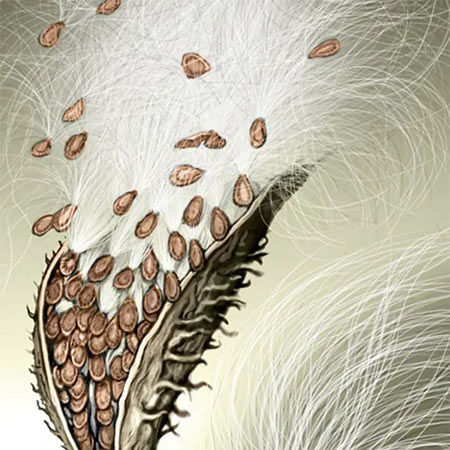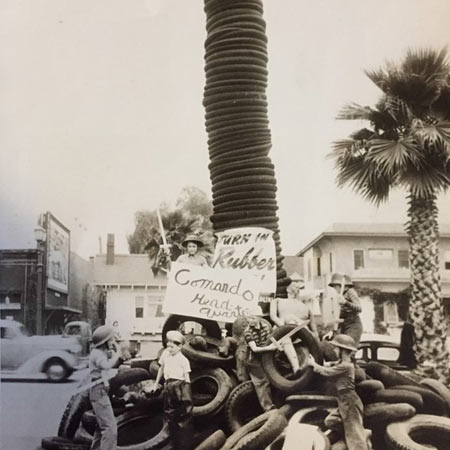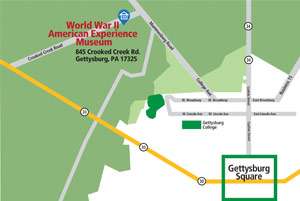America was the largest military power in the world — in theory.
The large population, generous natural resources, advanced infrastructure, and solid capital base were all just potential. Centralization and mobilization were necessary to jump-start this unwieldy machine. Within a week of Pearl Harbor, Congress passed the WAR POWERS ACT, granting wide authority to the President to conduct the war effort. Throughout the war hundreds more alphabet agencies were created to manage the American homefront.
First the United States needed to enlarge its armed forces. Because of the peacetime draft, the UNITED STATES ARMED FORCES boasted over 1.5 million members. By the end of the war, that number rose to 12 million. A more expansive draft and a vigorous recruitment campaign produced these results. Prodded by ELEANOR ROOSEVELT, FDR created women’s auxiliary forces for the army (WACS), navy (WAVES), air force (WASPS), and Coast Guard (SPARS). The colossal ranks of the armed services created a huge labor shortage.
(Click on any image to enlarge)
Toward this end a “WORK OR FIGHT” propaganda campaign was waged. “ROSIE THE RIVETER” posters beckoned housewives to leave the home and enter the nation’s factories. About 6.5 million females entered the workforce during the war years, many for the first time.
Civilian Defense & Air Raid Wardens
It’s 1940, a year prior to Pearl Harbor being attacked by Japan and the U.S. becoming involved in the World War II conflict. The “blitz” is occurring in London with nightly bombings from the German Luftwaffe bombers which are impacting large numbers of the civilian population of England. President Franklin
Home Guard Role on the Homefront
In 1942, following Pearl Harbor, the American Homefront was experiencing issues with the Japanese wreaking havoc on the west coast by sinking merchant ships and on the east Coast the Germans attempting to land saboteurs on our beaches. The concern was how do we protect the American Homefront from a possible airborne
Aircraft Warning Service
In military conflicts prior to World War II there were no aircraft capable of long-range flights so up until then there was no concern with airborne attacks to American soil. However, between 1919 and the start of World War II, great accomplishments in aeronautics occurred and the long-range bomber was created.
“V” for Victory Campaign
This press photo (ACME) dated August 2, 1941, embodies the spirit of the Allies’ V for Victory campaign, though actually the associated caption reads: “‘V’ is for Valor.” In this case, they are referring to the spirit and determination of “Granny” Alice Taylor, 81, who is seen here chalking a “V” on her home in
Milkweed Pods To The Rescue in WWII
During WWII the Japanese cut off America’s access to Java plantations where “kapok” was grown. Typically, kapok was the material used as filler for life jackets. When it was no longer available, an alternate fiber was desperately needed. How else could we keep a downed aviator or soaking-wet sailor from drowning?
Scrapping for Victory
Scrapping for victory! These Hollywood boys did their bit for Uncle Sam by dragging and rolling all sorts of rubber scrap, including a rubber alligator, to a service station pile after the nationwide salvage drive opened. Scrapping for victory is one aspect of the WWII Homefront that was no respecter of persons.
